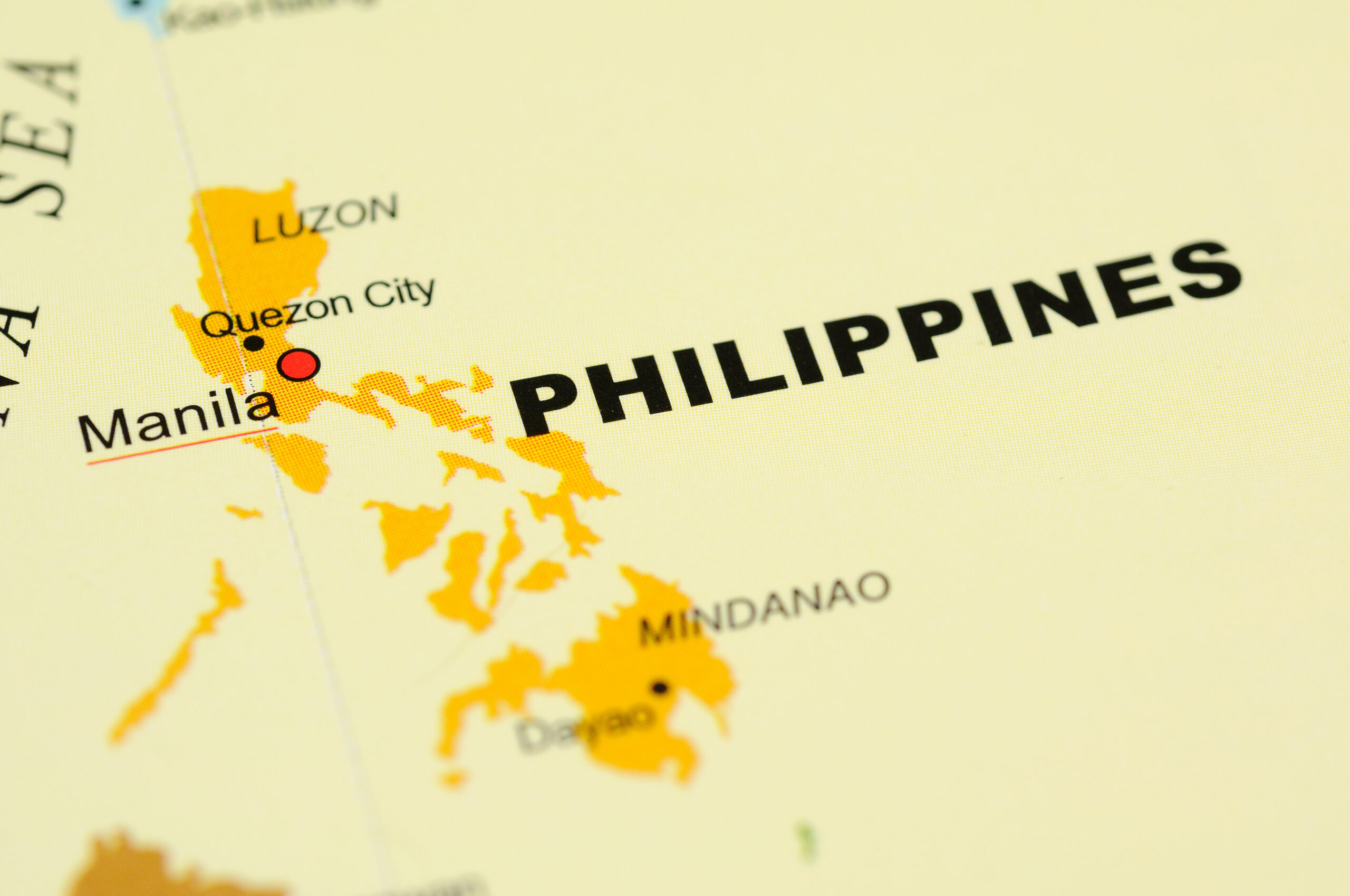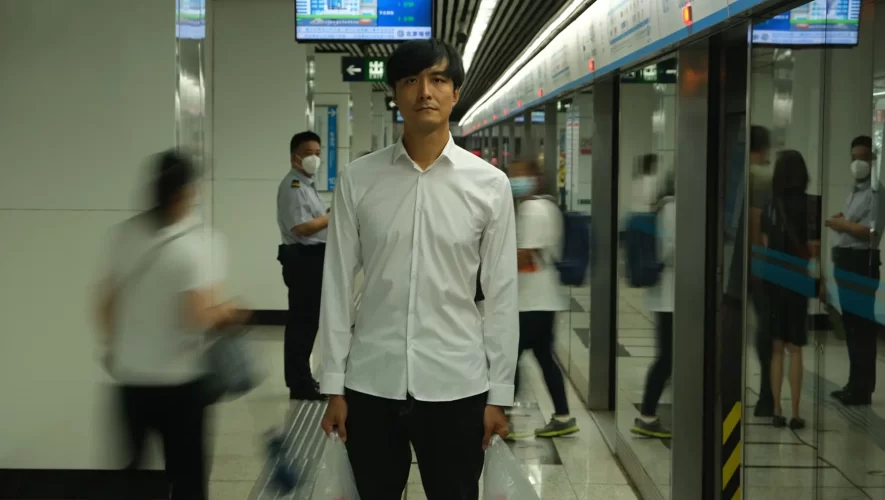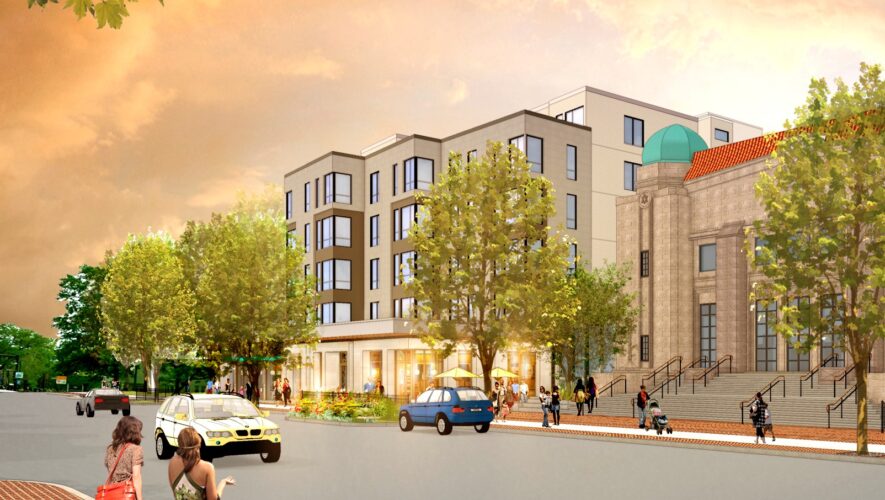Filipino American History Month is annually celebrated in October, to honor the day of the first arrivals of Filipinos in Morro Bay, California in the United States on October 18, 1587.
This year, Sampan had the opportunity to speak with John F Maisto, President of the Washington based US -Philippines Society. He explained, “Filipino American History Month is an opportunity to focus on everything Filipino that we have in our country” Politically, this important month marks 75 years of bilateral relations since the declared independence of the Philippines in 1946. It is also an opportunity to focus on the historical significance of the country, pay tribute to the national heroes of the Philippines, celebrate community and individuals like José Rizal, a political activist, writer, speaker, and leader that fought for the Philippines Revolution. But more importantly, it is a chance to appreciate the importance of the Philippines and their people, the Filipino American relation, and the Filipino Americans in the US. Especially because these shared regional ties celebrate and maintain the diversity of languages and dialects in both the Philippines and the US.”
Today, the third largest population of Asian Americans in the United States are the Filipinos, after the Chinese and Indians. The Filipinos were in fact the first documented Asian people that arrived in the United States. Since their arrival to the United States in 1587, Filipinos have become an integral part of the American society, especially to the health system. According to Maisto, “If you go to any hospital in the United States, you will see Filipino nurses and often doctors. They are known to have a strong work ethic.” He continued, “There are 4.4 million Filipino Americans in the United States. The size is going to continue to grow based upon people, institutions, organizations, shared values across the board, shared political security, economic interests and more.” Looking back at the Philippine history, “The historian Arnhold Toynbee, assessing the peoples of Southeast Asia praised the Filipinos for their vibrant disposition and gave them credit for a truly variegated culture. The many-colored influences from the East and the West stand out in the strands of Philippine history and culture.”
Decisive changes and departures from its historically conditioned reflexes and political patterns have made the Philippines more interesting to the external world, quite apart from the fact that with a population approaching 117 million with its young dividend quotient of an average age of 25, a contrast from the aging population of Japan and China. After American Colonialism, local government autonomy at municipal and provincial levels started to take shape in the early 1900’s. A bicameral Congress of elected Filipino members was established in 1935. The Philippines achieved ‘commonwealth status’ with full independence guaranteed after 10 years. The birth of the Republic was delayed after Japan invaded the Philippines and following their defeat, the Philippines formally became a republic on July 4, 1946.”
The Philippines has been a country of islands and regions. For many years, as shown by its different dialects, Filipinos have been separated from one another by seas and mountains. It has taken many years for a centralized government, a common language and a better network of communication and transportation to unify the Philippines as a nation.
Known as the Pearl of the Orient Seas during the 20th century, the Philippines received this flattering label because of the beauty of its more than 7,000 islands but also because it modernized its economy and politics ahead of all the East Asian countries. After the Second World War, the Philippines lost most of its original luster, tarnished by more than twenty-five years of protectionist, ultra nationalistic and interventionist policy, the country acquired a most unflattering reputation in what had become the most dynamic region in the world. Amidst the ‘Tigers’ and ‘Cubs’ of Asia, Philippines was being called the ‘sick man of Asia.’ But Filipinos take pride that in the 1950’s and 1960’s their country became the second most prosperous in the Asian region, led only by Japan. Then the dark years of the Martial Law regime in the 1970’s halted its progress for over a decade. But, since 1986, led by enlightened and courageous men and women, the country has resumed its growth projectile through liberalization, privatization and deregulation. Filipinos believe that “The pearl can be polished again to its former luster because it has recharged the fundamental commodity of the Philippines, its human resource.” The outward looking initiatives that the Philippines is currently pursuing are imperatives of its geography and history. They have embarked upon regional cooperative ventures in both the public and private sectors fully cognizant of its own needs for capital and its neighbors and requirements for the natural and human resources with which it is endowed.
Despite Covid, the Philippine economy has stayed resilient through 2022. Given the mounting headwinds, however, forecasts for 2023 growth will cool off to 4.1% as the domestic demand is likely to be hit by the still elevated inflation. Private consumption which accounts for 70% of its GDP will grow at a slower rate. Inflation will stay high with rising oil and global commodity prices and monetary tightening. The budget priorities are spending on agriculture, in response to food security risks tied to Ukraine as well as health care and education. Even as overall expenditures fall, capital and infrastructure outlays have been broadly maintained under President Marcos to improve lagging infrastructure, which is positive for long term growth prospects. Looking ahead to 2024, growth will most likely still slow down given the global weakness and geopolitics conflicts but come close to a 4% to 5% projection.
FACT SHEET: THE REPUBLIC OF THE PHILIPPINES
Population: 115 million
Capital: Manila
Land Area: 299,765 sq. km spread over 7,000 islands
Geographical Location: The Philippines is located at the center of East ASEAN Region
Form of Government/Political System The Philippines adheres to democracy under the Presidential form of government. Regions are divided into provinces and cities,each unit headed by a duly elected congressman,governor,or city Mayor. The Autonomous Region in Muslim Mindanao (ARMM) one of the regions in Mindanao is headed by a Regional Governor
People: The people are a mixture of ethnic groups composed of the Tagalogs, Ilocanos,Ilonggos, Cebuanos and minority groups as the Chinese and other ethnic tribes
Language: Tagalog is the official language.English is the medium of instruction
And formal business language
Religious Affiliation; 85% Roman Catholic
Currency unit: Peso latest Oct 6 P56.7 per US $
GDP Growth : 6.5% (2017-2019) -9.5% (2020) 7.6%(2022) 4.1% est
Inflation ; 2.4% (2020) ,5.7% (est 2023)
Interest rates: 2023 latest 10 year govt bonds,6.7%
Trade: major exports-coconut,pineapple,tuna,electronics,semiconductors, overseas filipino workers Major Imports—electronics,machineries,oil wheat, wood products
Tourist Attractions;El Nido Beach Resort-Palawan, Pearl Farm Beach Resort-Davao, Underground river and wildlife sanctuary
Source: Asian Development Bank (ADB, NEDA, ETFAA)



